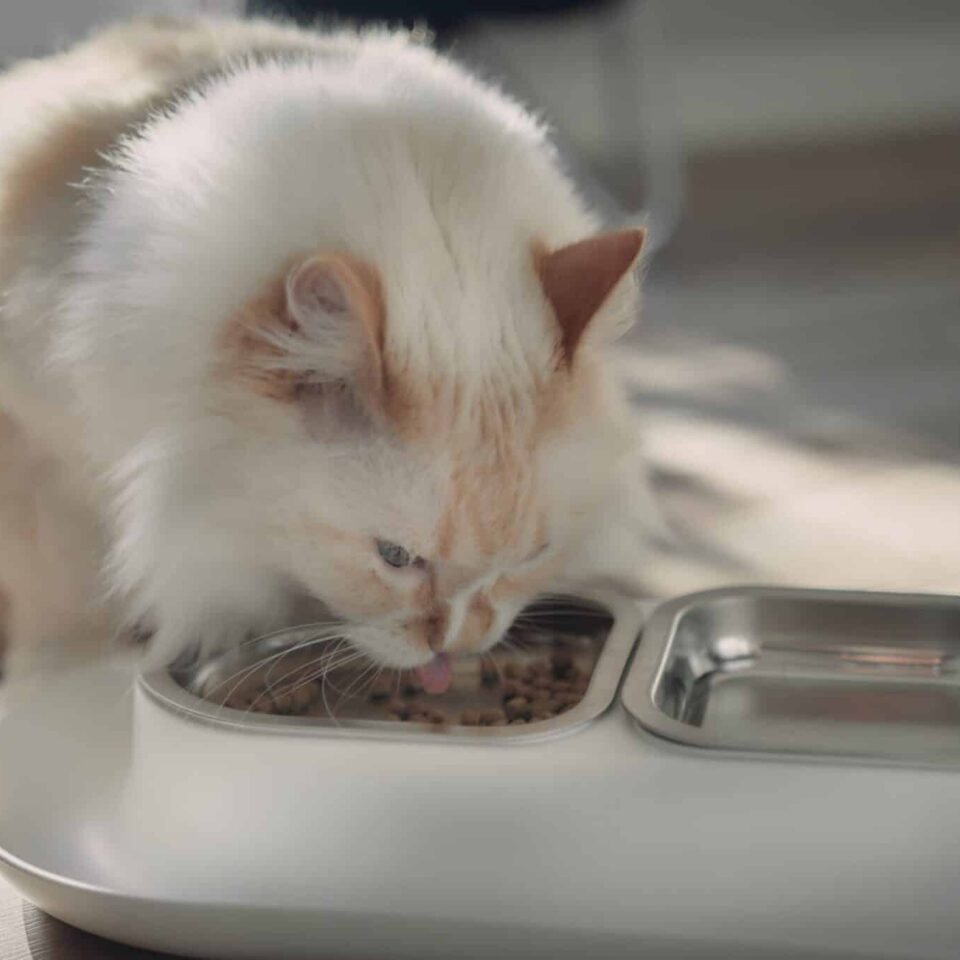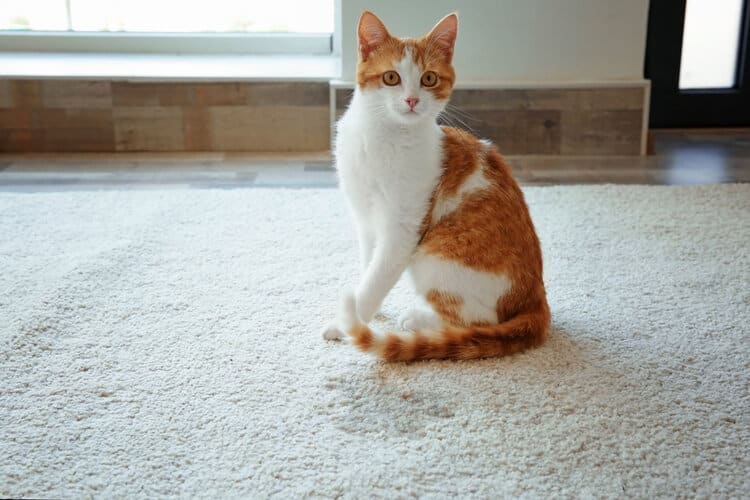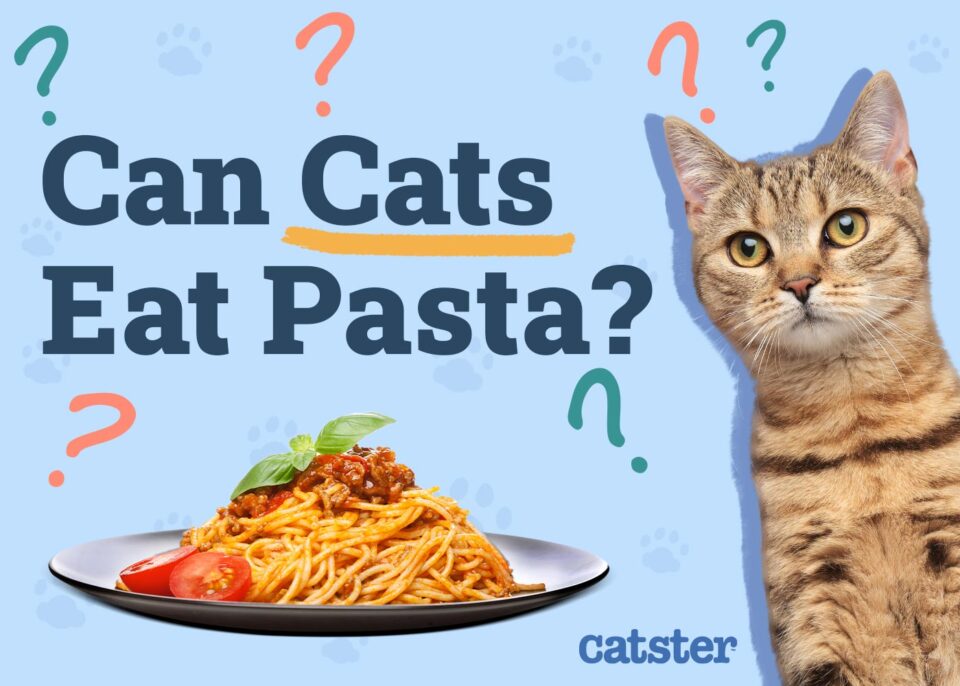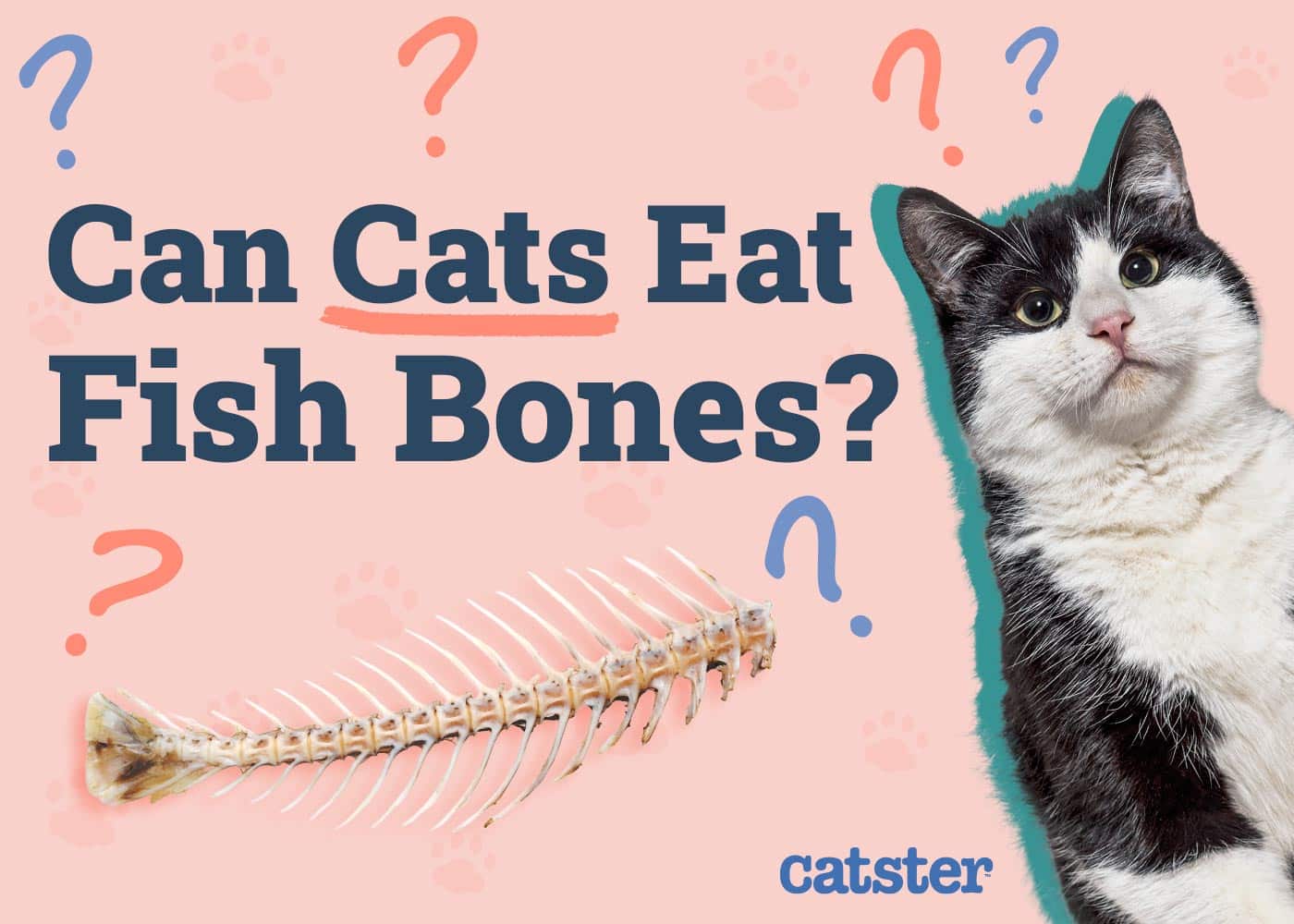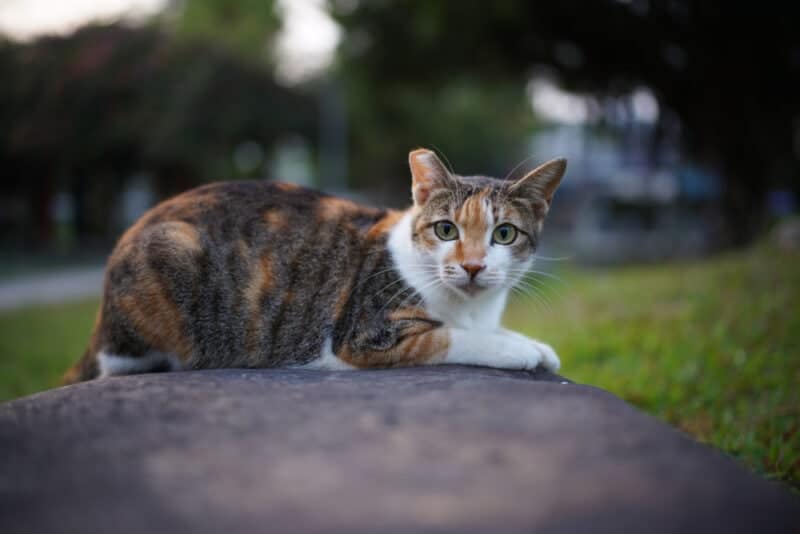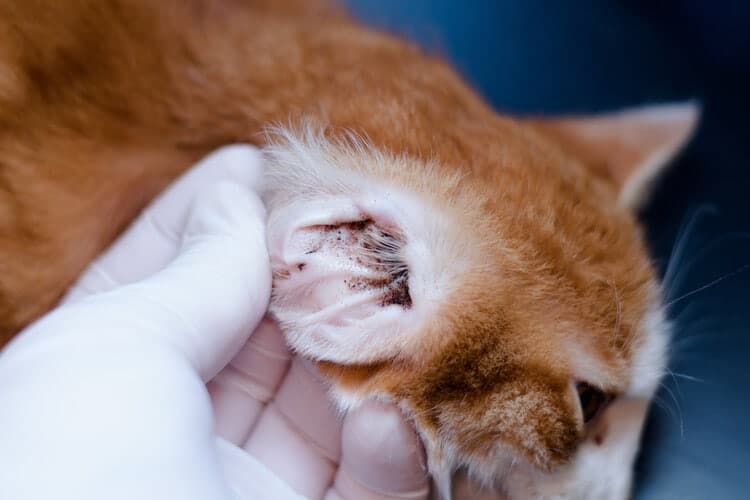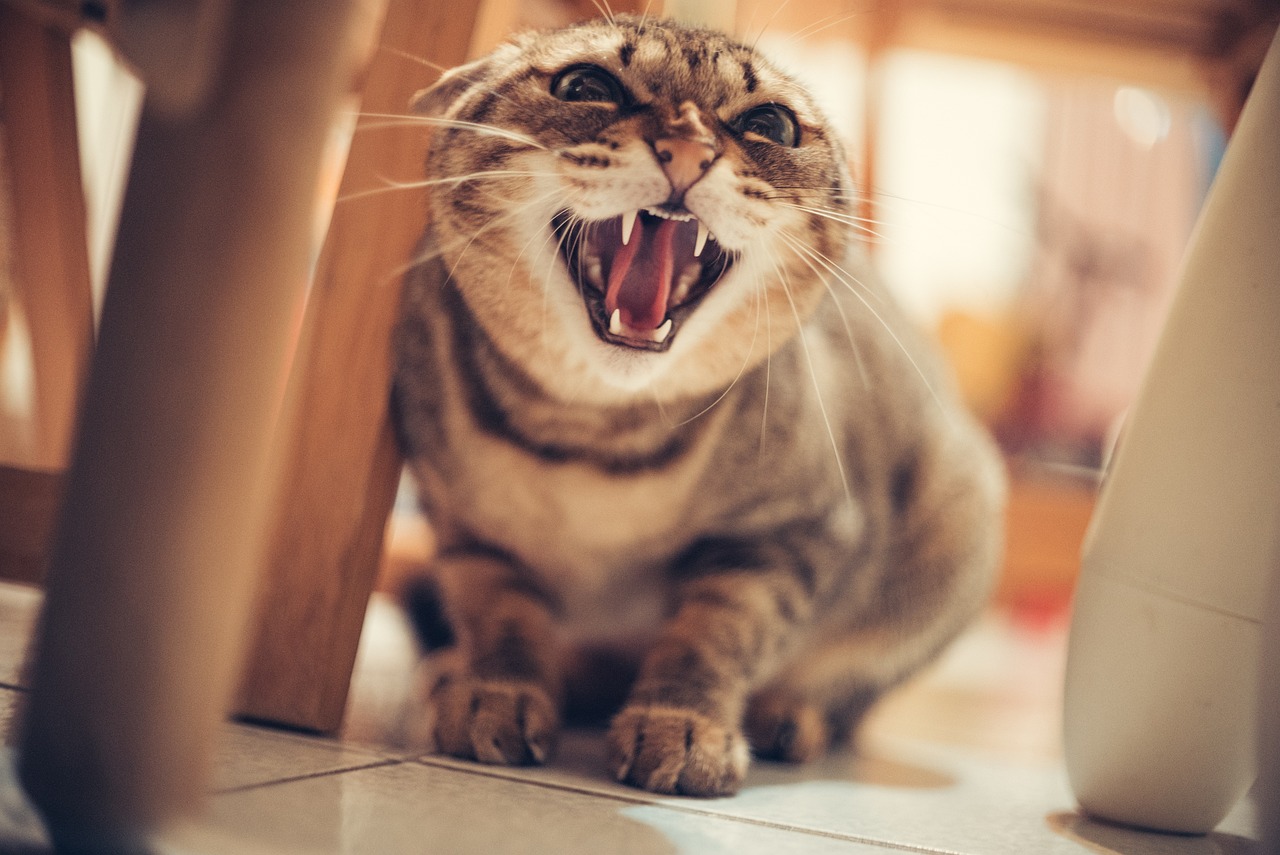Ever wondered how to keep your cat’s diet in check without turning mealtime into a math quiz? Figuring out the right number of calories for your furry friend’s meal plan is a key step in keeping them purring with health and happiness.
Cats are notoriously fussy eaters, and getting the right food is only half the game. Knowing how much to feed is just as important. An average indoor cat typically needs about 20 calories per pound of their body weight to maintain their health.
For indoor cats, the calorie requirement sits at around 20 calories per pound. If your cat loves the outdoors, they’ll burn more energy chasing squirrels and might need about 35 calories per pound. For the indoor-outdoor types, they require somewhere in between. So, a 10-pound indoor cat should be chomping down about 200 calories a day, while a 15-pounder would need around 300.
Got a chunky cat at home? No need to panic! Controlling their food intake is crucial. For kitties that are on the heavier side, it’s best to adjust their diet to reflect two pounds less than their actual weight. This translates to around 40 fewer calories per day. As your cat sheds the pounds, you’ll want to keep reducing their intake gradually until they reach a healthy weight. Vet clinics often offer structured weight loss programs to guide you through this process with expert advice.
There’s more to consider than just calories, though. Not every cat with a little extra padding should be eating the same amount, especially if there’s a chance of a sneaky health problem lurking. Cats have their unique metabolism rates, and some might burn through calories faster or slower than others. If your cat’s diet isn’t working its magic, the wise move is to consult with a vet and rule out any health concerns before making changes.
And when it comes to the type of food, cats lean towards the meaty side of life. As obligate carnivores, their diets need to be rich in meat-based proteins. Unlike humans, cats don’t require grains, fruits, or veggies to thrive. Healthy fats are also part of their dietary equation, as they need moderate levels for sustained energy. But too much fat without activity means weight gain.
Here’s the kicker, fiber plays a role too. It supports digestion and keeps hunger at bay. Yet, finding fiber-rich, meat-based cat food isn’t always a breeze, so consider vet-recommended foods or supplements, keeping an eye on any digestive changes.
Once you get the hang of figuring out calories, keeping your cat’s diet on track becomes much simpler. It’s always wise to run any dietary changes past your vet to ensure your feline friend stays in tip-top shape. After all, they deserve the best care and a happy, healthy life.
